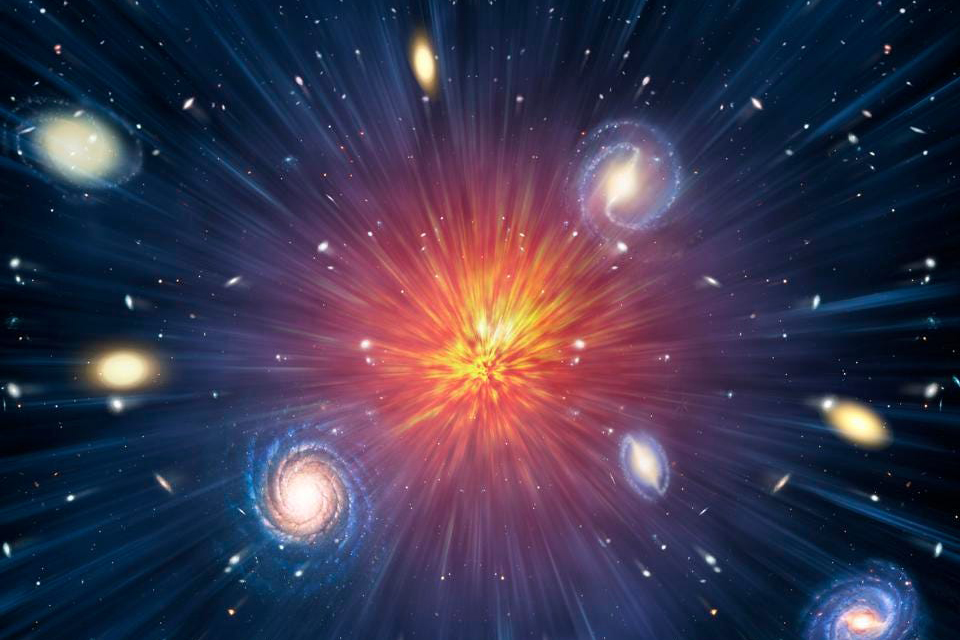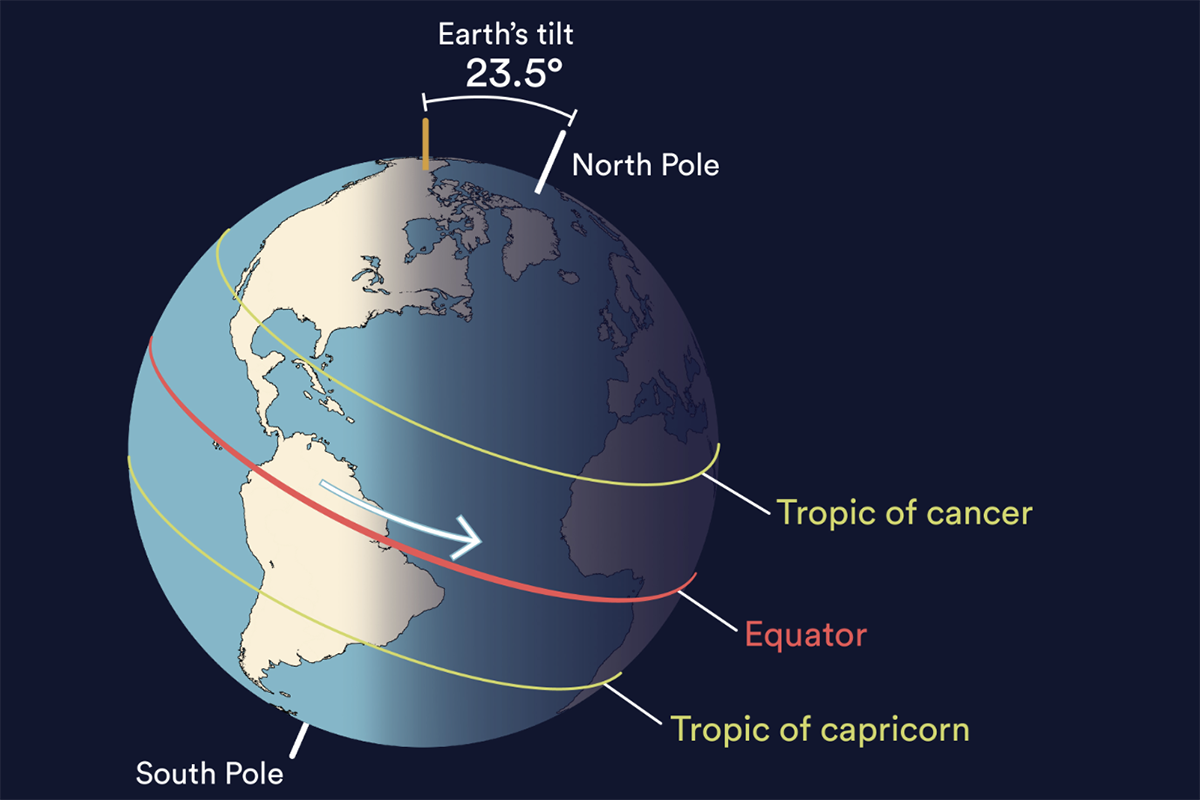Astronomy at night
Below you will find observational experiments that do not require optical instrumentation, to be practiced at night. Some require few observation and monitoring sessions to become aware, others merit continuous recording. The exercises are designed to simulate the total absence of astronomical knowledge, with the aim of demonstrating that it is possible to identify phenomena of this nature using…




